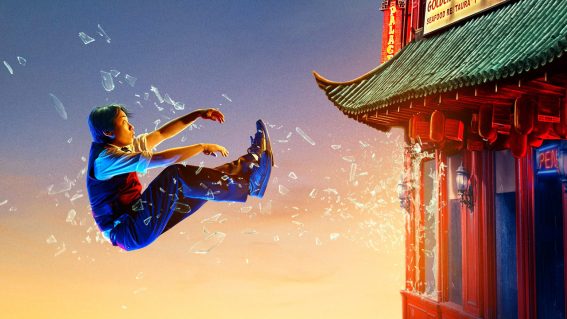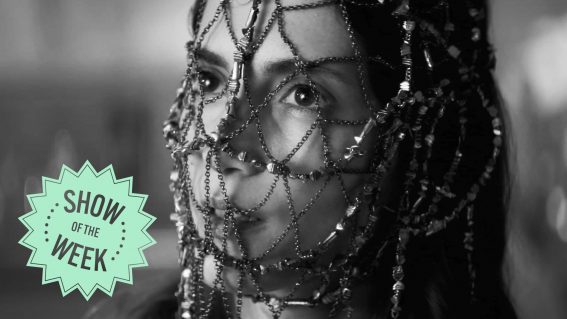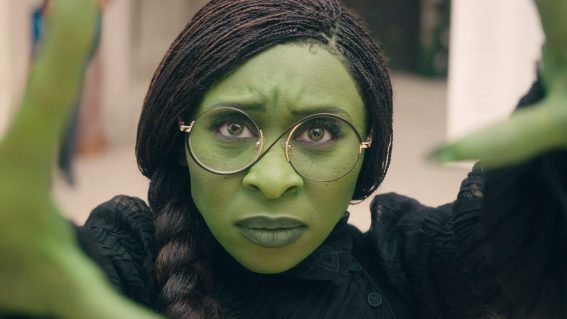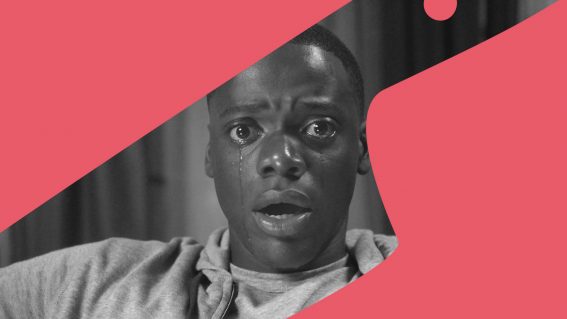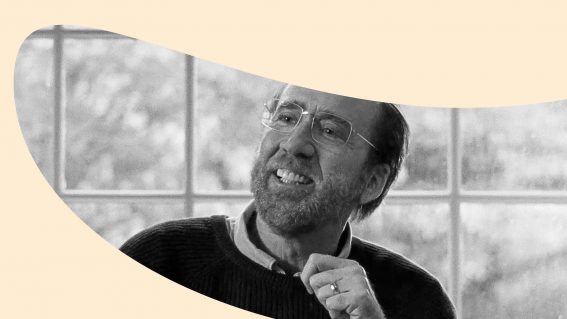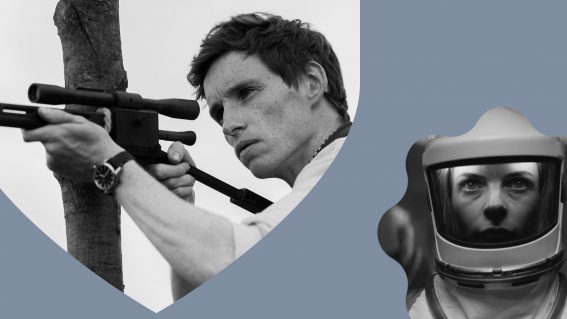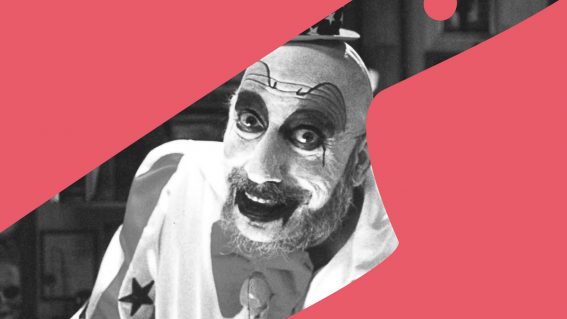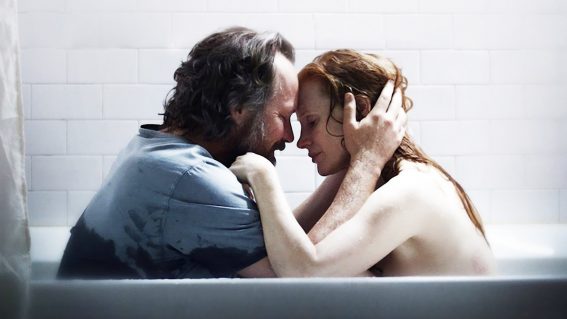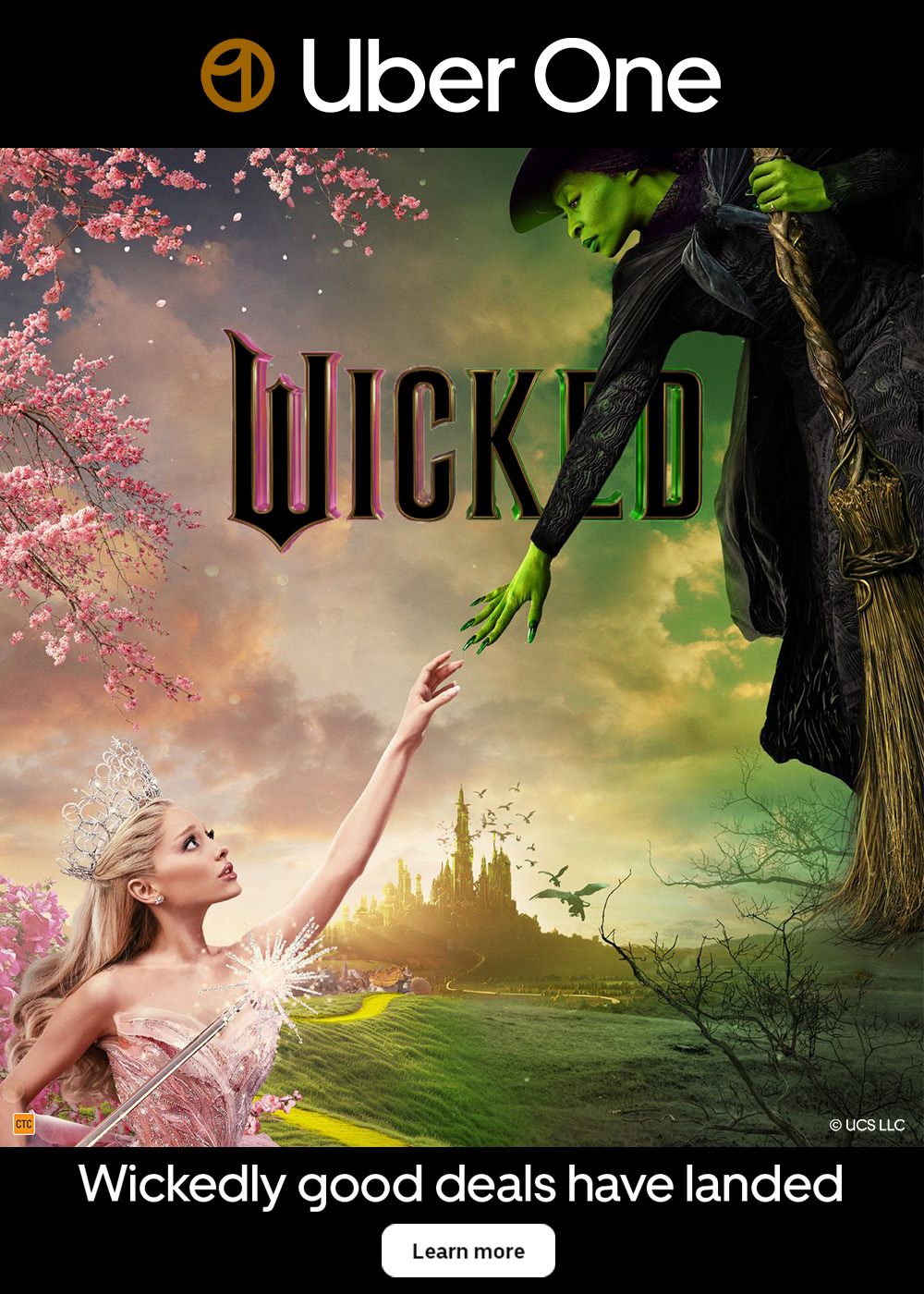Why actors love playing Batman – and why audiences can’t get enough
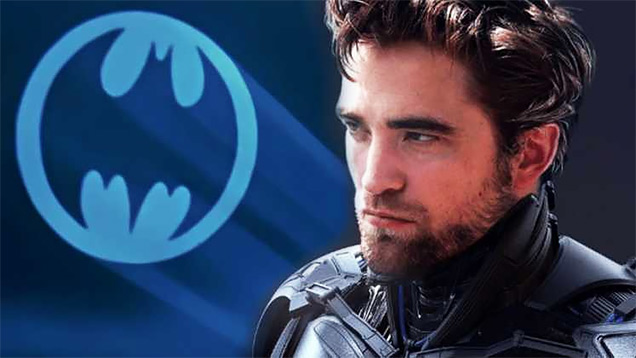
With his starring role in the upcoming The Batman, Robert Pattinson will be the seventh movie actor to play the Dark Knight. Critic Travis Johnson explores how each performance of the iconic superhero differs, and decides who is the definitive movie Batman.
These days the idea of there not being a Batman movie in development is weird. The question is never not if Warner Brothers will produce another Batman, but when. At this point in time Planet of the Apes director Matt Reeves’ The Batman in in preproduction, with Robert Pattinson poised to take up the cowl. While that casting choice has drawn criticism from some corners (hot take: he’ll be fine, and salty dudes should get over Twilight), the general consensus is that this is something to look forward to.
But it wasn’t always the case. Back in the late ‘80s the idea of a big screen Batman blockbuster was laughable. The most prominent screen incarnation of the Dark Knight was still the campy ‘60s TV series starring Adam West. While comics fans were used to a grimmer and mature hero thanks to the acclaimed late ‘70s run by writer Denny O’Neill and artist Neil Adams, and especially Frank Miller’s lauded 1986 miniseries The Dark Knight Returns, in the popular consciousness Batman was a gaudy figure making his way step by step up the “side” of a building thanks to a carefully canted camera.
It’s also worth remembering that live action superhero movies weren’t really a thing at the time. To be sure, Richard Donner’s 1978 Superman: The Movie was a critical and commercial success, but that series had succumbed to dwindling budgets and creative care, culminating in the nadir that is Superman IV: The Quest for Peace. Marvel had made inroads into television with The Incredible Hulk and The Amazing Spider-Man series, but the MCU’s future box office and cultural domination was unthinkable – their one effort of note was 1986’s regrettable Howard the Duck, and the less said about that, the better.
And then came Tim Burton’s Batman.
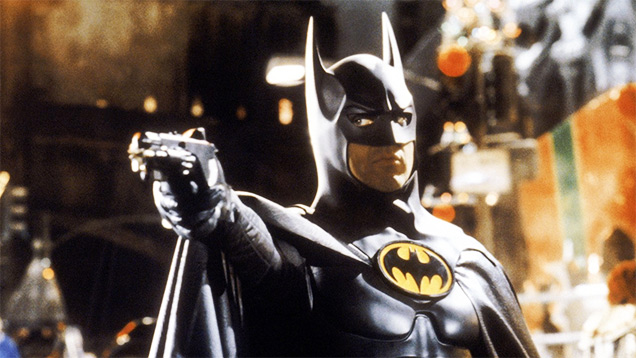
In retrospect it’s easy to pinpoint that film as one of the pebbles that started the comic book movie avalanche, but rest assured that, in the northern summer of 1989, Batman was no pebble – it was the asteroid from Armageddon. The film was a bona fide blockbuster backed by a pervasive marketing campaign and a vast merchandising apparatus – you couldn’t throw a stick without hitting something with the ubiquitous Bat-logo emblazoned upon it. The film made over $US400m at the box office against a budget of $US35m, put Burton firmly on the directing A-list, and spawned sequels, TV series, a reboot and eventually, for better or worse, the DC Extended Universe.
Yet while plenty of ink has been spilled on Batman the franchise, what’s really intriguing and under-explored is Batman the character, and the various ways he’s been interpreted over the years. Going back to the ’66 Batman feature film, Gotham’s hero has been portrayed by no less than six different actors, with a seventh inbound. The only comparable modern role that comes to mind is James Bond, although you could make a case for literary characters who’ve made the jump to the big screen, such as Sherlock Holmes and Count Dracula. Batman is not a character tied to one actor, like Stallone’s Rambo or Schwarzenegger’s Terminator; he’s an outline that invites varying interpretations. Some characteristics are fixed – the dead parents, the secret identity, the key supporting cast and rogues gallery – but others are mutable.
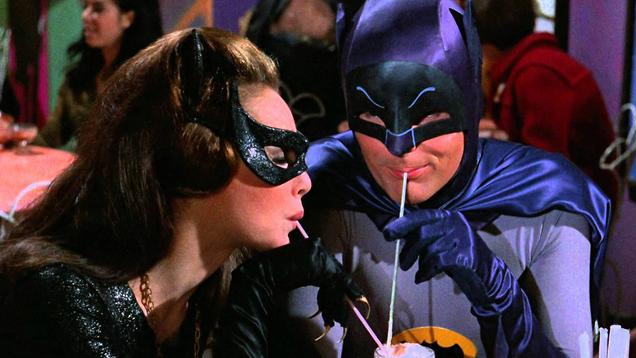
This is perhaps why the character has attracted such a specific stripe of actor to the role. Our cinematic Batmen are not typical action heroes – they’re character actors. Throughout the role’s onscreen history, it’s never been the obvious run-and-gun tough guys who have adopted the mantle, although the likes of Mel Gibson, Kurt Russell and even Clint Eastwood have been rumoured at one time or another to be under consideration. No, it’s often outsiders, outliers, and #seriousactors.
Burton’s Batman, Michael Keaton, set the mold. Best known at the time for his comedy work, when Keaton took on the role he was in the middle of an attempt to prove his dramatic chops. Just prior to Batman he starred in 1988’s rehab drama Clean and Sober; immediately after he would take on the heavy thrillers Pacific Heights and One Good Cop. Batman producer Jon Peters championed his casting, citing Keaton’s “edgy, dramatic quality.” But Warner Bros received over 50,000 letters of protest when the casting was announced.
The fans were wrong, of course – Keaton was bravura casting, chiefly because he managed to capture both the character’s brooding quality (surely the key image of Bruce Wayne is of him sitting in the Wayne Manor library in the opening movements of Batman Returns?) and his inherent duality. Burton would remark that it never made sense to him to have a muscular tough guy dress up as a bat to scare criminals, but a man like Keaton, less obviously physically imposing, could be motivated to do so. Costume designer Bob Ringwood noted that “the problem was to make somebody who was average-sized and ordinary-looking into this bigger-than-life creature.” His all-black batsuit did a lot of the heavy lifting, transforming the urbane Keaton into Gotham’s shadowy vigilante.
Keaton, along with Elfman, bowed out after 1992’s Batman Returns when the darker and more psychological perverse sequel drew the ire of both parents organisations and the studio, which wanted a more marketable and kid-friendly urban avenger. History has not judged the next two Batmen favourably, but it’s still worth viewing Val Kilmer (1995’s Batman Forever) and George Clooney (1997’s Batman & Robin) in the context of their careers.
Kilmer is a Julliard-trained actor whose turn as Batman coincided with his appearance in Michael Mann’s epic crime drama, Heat. He had already racked up favourable notices for his work in Oliver Stone’s Jim Morrison biopic The Doors, the all-star Western Tombstone, and Michael Apted’s Native American-themed political thriller Thunderheart. Clooney, for his part, was coming to the end of his successful run on the wildly popular medical drama E.R. and would soon embark on a string of critically acclaimed performances in the likes of Out of Sight, The Thin Red Line, Three Kings, O Brother, Where Art Thou? and more.
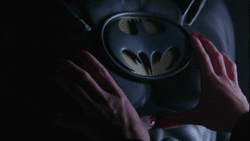
None of which served the franchise particularly well, with the big screen Gotham City becoming a ghost town for eight years after Batman & Robin was mauled by both critics and fans. But the blame doesn’t belong on the shoulders of the leads: these were both interesting, committed performers tackling what could have been complex and engaging roles (you can literally see Kilmer visibly trying to project human emotion through director Joel Schumacher’s cartoonish and noisy mise-en-scene in Batman Forever). What could have been in the hands of a director more concerned with character and theme than spectacle?
We would find out with 2005’s Batman Begins, which launched director Christopher Nolan’s Dark Knight Trilogy and gave us one of the best screen Batmen in the form of Welsh actor Christian Bale, whose commitment to the role saw him stack on 45kg of muscle in preparation for the film (to be fair, he was dangerously thin prior to beginning for his appearance in 2004’s The Machinist).
A chameleonic, driven performer, Bale is an actor’s actor normally drawn to far artier fare – around the time of making Batman Begins he also worked with Terrence Malick on The New World and Werner Herzog on Rescue Dawn, which is a fair indication of his usual areas of interest. While his De Niro-like bodily transformation gave him more license to portray Batman’s physical prowess than Keaton back in the day, what is striking about his performance is his ability to channel the character’s different personas depending on the requirements of the scene. Indeed, while Keaton nailed Batman’s duality, Bale has stated that he worked from a model of four different character aspects: the Batman persona, the callow playboy Bruce Wayne cover identity, the angry young Bruce, and the driven older “core” persona. Portraying the character for three highly regarded films (say what you want about The Dark Knight Rises, it’s still an acclaimed work), Bale stands as the definitive movie Batman.’
Still, spare a thought for poor Ben Affleck, whose appearance as the character should have been a high watermark for his acting career just as his directing career was peaking, following the acclaim of Gone Baby Gone, The Town, and Argo. Square-jawed Affleck looks like comic-book Batman more than any other actor to take on the role, but he has the unfortunate distinction of being the only actor here to have never actually headlined a solo Batman film – the closest he came was sharing top billing with Henry Cavill’s Superman in Dawn of Justice. He was also hampered by playing a Batman whose character was swayed by public reaction and studio dictate rather than narrative or thematic drive – compare Dawn’s remorseless vigilante with Justice League’s suave, wisecracking team leader. It’s not really Affleck’s fault; no wonder he jumped ship.
And so, we come to Robert Pattinson, our next Caped Crusader. Pattinson might have his work cut out for him assuaging the more strident and reactionary fans, but certainly has the chops for the job. Since his starring role as vampire Edward Cullen in the Twilight series, Pattinson has gone to great lengths to distinguish himself as a versatile actor who pursues risk – check him out in David Michôd’s The Rover, David Cronenberg’s Cosmopolis, Brady Corbet’s The Childhood of a Leader, Claire Denis’ High Life, and especially Good Time by the Safdie brothers. Pattinson has range to spare. Unfortunately, most of this stellar work has happened in non-marquee fare, which means to a lot of people he’s still Edward Cullen or, at best, Cedric Diggory in Harry Potter.
At the time of writing it’s difficult to make any kind of educated guess as to what Pattinson will bring to the role, apart from his comparatively young age (Affleck’s departure meant retooling the project to feature an early-career Batman). However, given his predilection for challenging arthouse fare its safe to say that we won’t be seeing a return to the technicolour of the Schumacher films or the turgid sturm und drang of Dawn of Justice. At the moment, the Batman-in-waiting is a figure of mystery – which is, if you think about it, quite fitting.

